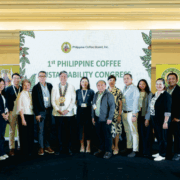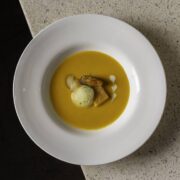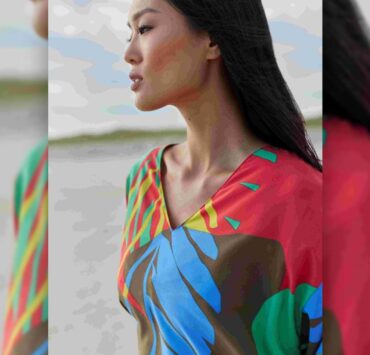Colorful, flamboyant 20th century in ‘Siglo 20’
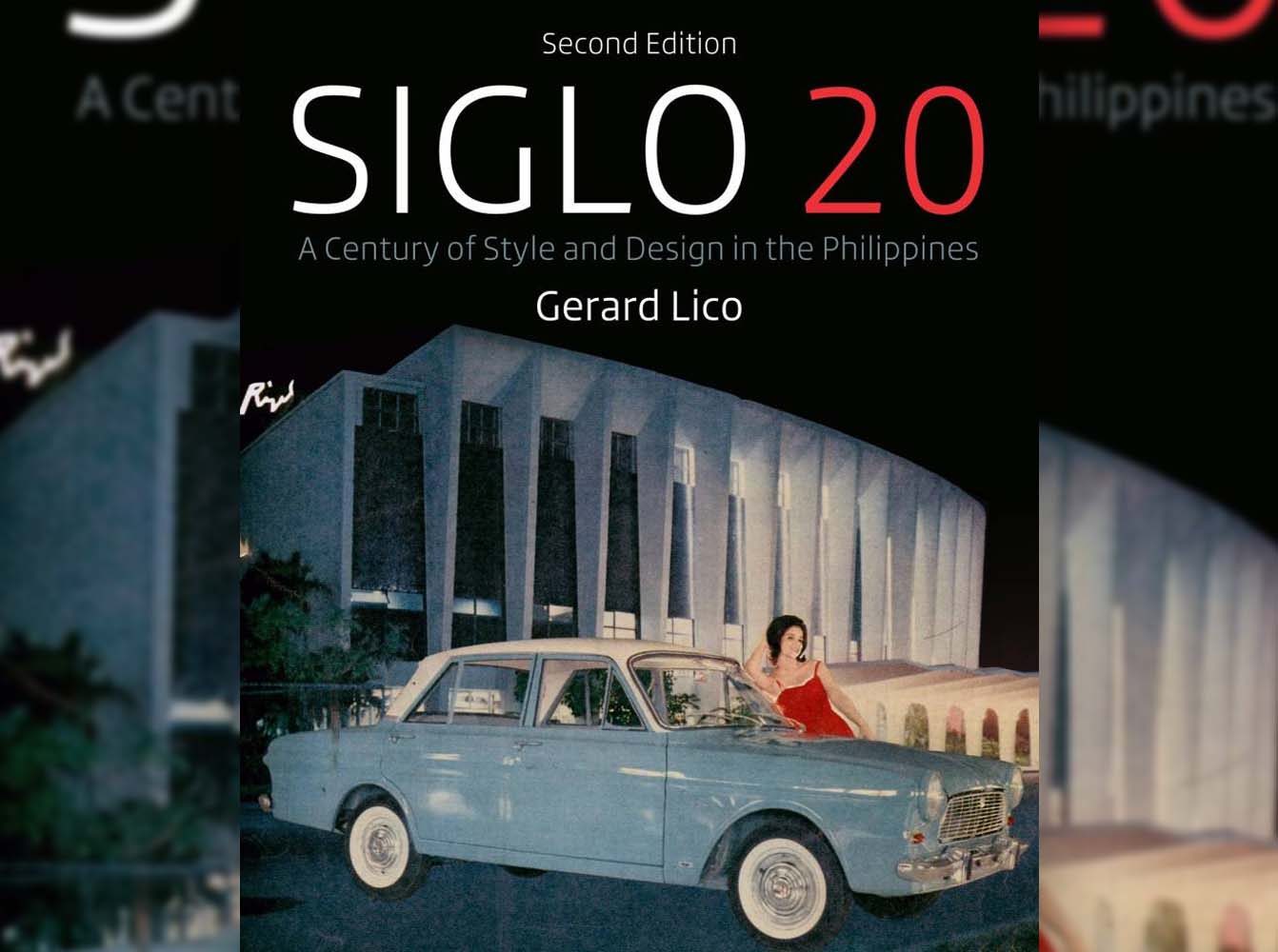
The past century saw tumultuous events for the country and the world, with wars, conflicts, tensions, the emergence of the free market, scientific advancements, and widespread changes in the built environment that shaped and defined global arts, culture, and history.
In the Philippines, the physical set up and lifestyle were transformed in various stages, products of cross-cultural influences, studies, and indigenous knowledge and artistry among the many Philippine ethnolinguistic groups.
These important aspects of change, significant facets of the Filipino identity, are chronicled in the book “Siglo 20: A Century of Style and Design in the Philippines,” authored by architectural historian and conservation architect Gerard Lico.
This updated version of the book, first published by the National Commission for Culture and the Arts in 2016, is published by the College of Architecture of the University of the Philippines Diliman and copublished now by Arc Lico International Services and Archivo 1984.
Through engaging photographs, it presents the architecture, built environment, consumer product designs, furniture, film, publications, art, music, and other ephemera that characterized 20th-century Philippines.
The book is a fine historical and artistic source on design and art in general which students, researchers, visual artists, architects, and other individuals can draw inspiration from.
It is likewise a good reference for well-calculated and correct interventions particularly in the field of conservation, if the need arises.
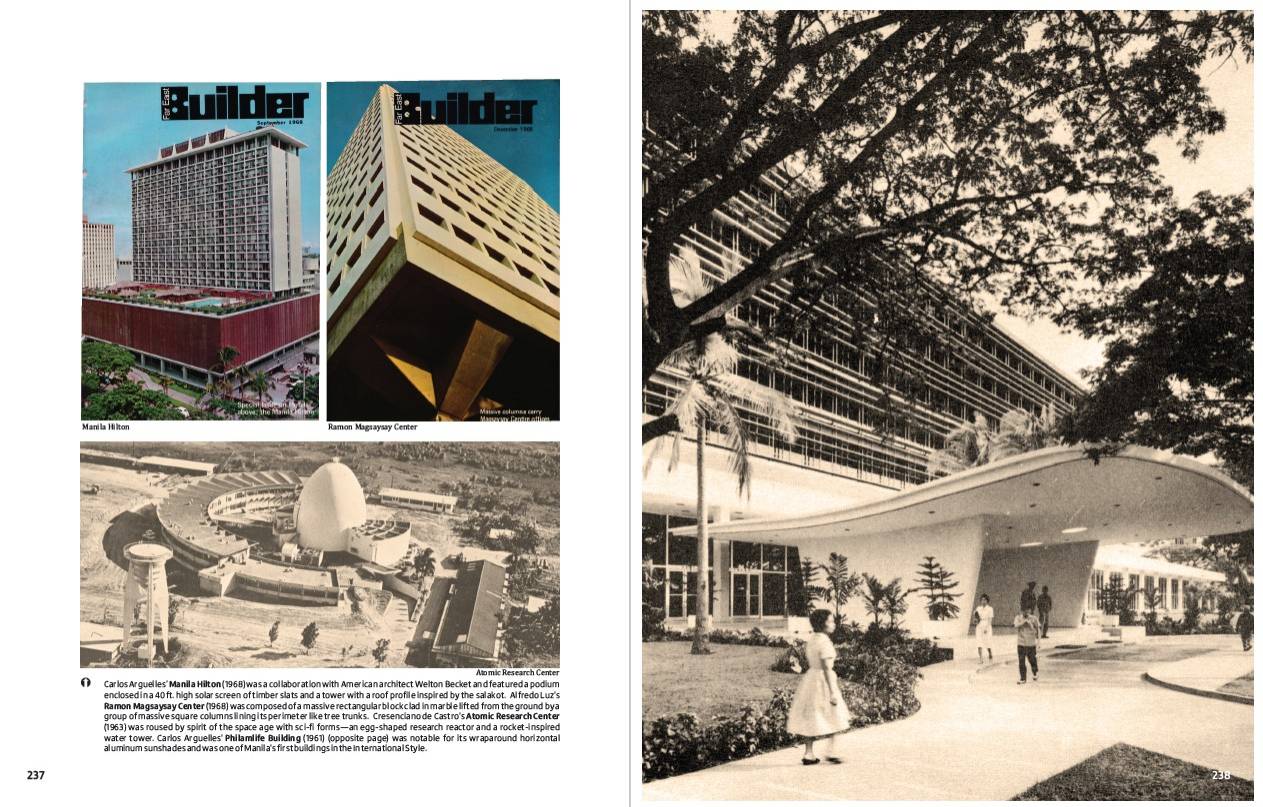
Visual treats, archival documents
The images are not only visual treats, but are also archival documents on the development of a nation that had emerged from having its independence in 1898 to the many events relating to the centenary of its nationhood in 1998.
The patience, persistence, and diligence in researching the images, as well as the archival documents and other sources, is laudable. The material succeeds in presenting the century in a way that is both entertaining and fulfilling.
Discussed in detail are developments in each decade, accompanied by images that provide the visual contexts and aid in further understanding the texts.
The first two decades of the 20th century were defined by the Burnham plans of Manila and Baguio; the rise of early American-era buildings such as the Insular Ice Plant, Government Laboratory, and YMCA Building in Manila; the neoclassicist and Art Nouveau homes of the wealthy; graphic design; and the emergence of the iconic house style called tsalet.
In the 1920s, the vestido eclipsed the terno as day-to-day wear and in the 1930s, the baro’t saya became a trend.
The 1920s saw the rise of Art Deco government buildings and private abodes, as well as in gowns and costumes, and appliances that were streamlined the following decade. The latter is evident in structures such as the Crystal Arcade in Manila, the Quezon Provincial Capitol in Lucena, and the Lopez House in Iloilo.
The 1940s was about the Orientalization of everything by the Japanese and destruction and reconstruction due to the World War II, while the 1950s was defined by modernity in all aspects and Space Age or Googie architecture.
Sociopolitical awareness, youth culture, and consumerism arose in the 1960s, with designs encompassing various fields drawn from nostalgia.
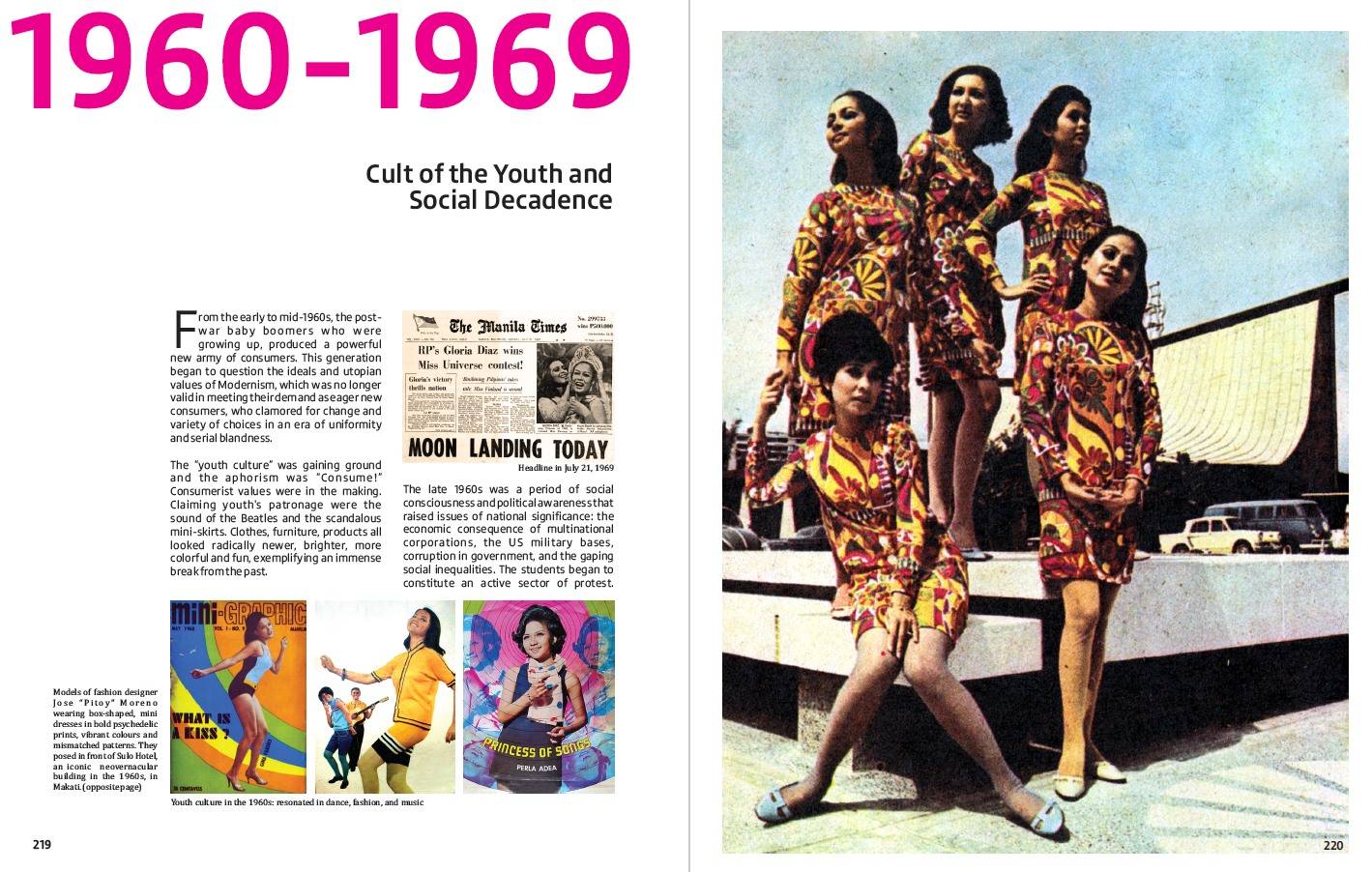
Modernist art
There was a surge in the new material, plastic, for furniture and houseware, and the emergence of the modernist, international style of architecture such as the Rizal Theater and Insular Life Building in Makati.
This decade also gave rise to modernist art and artists such as Carlos “Botong” Francisco and Victorio Edades, both national artists.
The 1970s is described through the vernacular aspirations and projects, plus the push for ethnic identity of the New Society, which was carried over to the 1980s, the decade where postmodernism started and “pene” movies, magazines, and comics became popular.
The “anything goes style” in buildings, fashion, and other art forms became prevalent in the 1990s, when a fashion sense described as “anti-fashion” as haute couture gave way to street fashion.
The book presents “some diverse examples that capture the ingenuity of unsung heroes—the designers and innovators—and their products that changed the lives of the Filipino across decades of the 20th century.”

